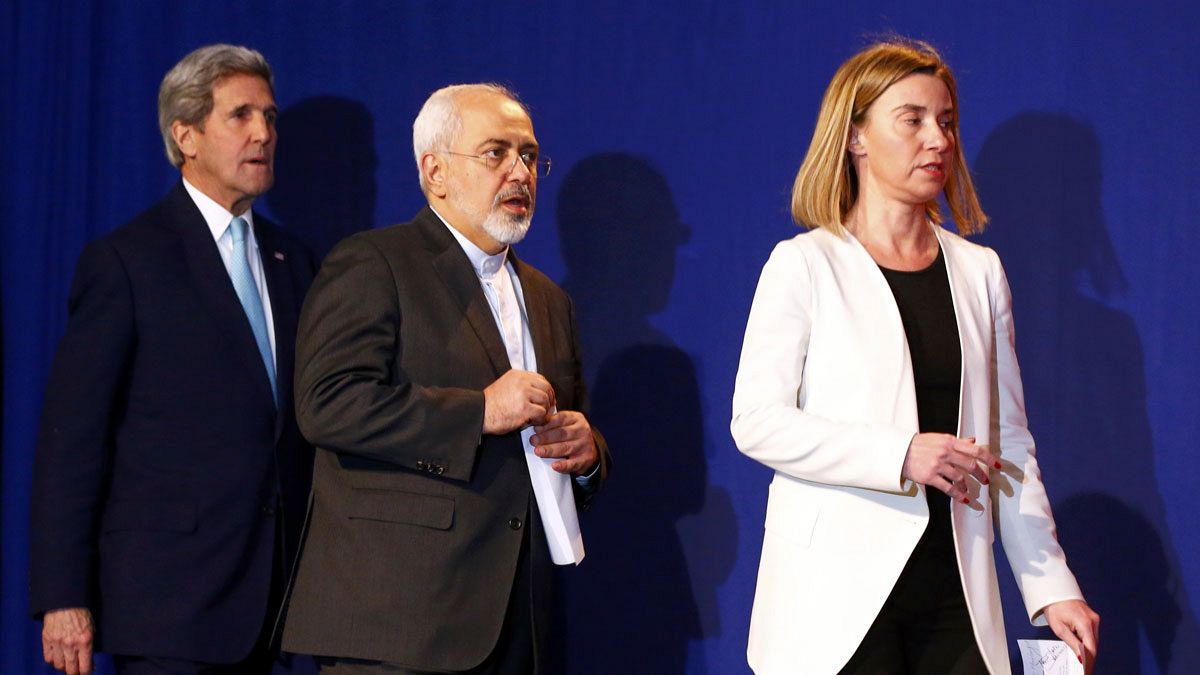After a gruelling eight-day marathon of discussion, diplomacy and delay, Iran and the United States have welcomed the historic agreement over Tehran’s alleged nuclear weapons programme.
This framework agreement ends 18 months of intense negotiations between diplomats of Iranian president Hassan Rohani and representatives of six world powers.
The outline deal clarifies the main points on which a final agreement must be drafted and ratified, by the end of June 2015.
Why is this deal, just an outline at the moment, so important? Well because, for the first time, both sides have come to a compromise over the technical and legal aspects of an agreement.
Iran has accepted commitments and limits on its nuclear programme to “reassure” the international community. Tehran has also agreed its programme is entirely peaceful and that there is no possibility of making any nuclear weapons.
In return, six world powers representing the international community have agreed to lift economic and financial sanctions imposed on Iran since 2006.
The deal was announced at a press conference between Mohammad Javad Zarif, Iran’s foreign minister, and Federica Mogherini, the head of EU diplomacy. Shortly afterwards the US and Iran’s foreign ministry spun their versions of the deal, a difference of opinion that has sparked a lively debate between conservatives and reformers in Iran.
Yet the commitments of both parties remain identical, only the spirit in which they are interpreted differs.
What has Iran committed to?
- Reducing by two thirds its number of centrifuges. The centrifuges left, which use the first generation of uranium enrichment technology, will be able to be used for 10 years.
- To not build any new uranium enrichment centres for 15 years.
- To recondition its heavy water nuclear reactor in Arak so it cannot produce plutonium for military purposes.
- To turn its controversial nuclear installation at Fordow into a scientific research centre.
Tehran also agreed that the International Atomic Energy Agency (IAEA) will become the organisation that oversees whether Iran is keeping to its commitments. This was something the Islamic republic was not keen on.
Lifting of international sanctions
The six world powers agreed to lift the economic and financial sanctions on Iran – but only once the IAEA says Tehran has met its obligations.
How close to the finishing line are we?
The purpose of this outline agreement is to reach a final deal by June 30. Once agreement is reached, a comprehensive plan of joint action will be drawn up to precisely detail the commitments of both sides in the years to come.
The historic compromise, announced on Thursday evening, prompted strong reactions, especially from Israel.
You can read more about how the international community reacted here.
What happens next?
More detailed work needs to be done on the technical aspects of Iran’s commitments and the legal obligations of world leaders.
Iranian and US authorities are aware of what an historic opportunity this outline deal represents: two moderate governments seeking to end this controversy diplomatically.
Democrats in the US need the agreement to make it a “showcase” of their successful foreign policy.
Moderate Iranians, for their part, need to continue their policy of domestic reform. In a rare historical situation in the Middle East, more upset than ever, this movement of Iranian politics has the support of Supreme Leader Ayatollah Khamenei.
